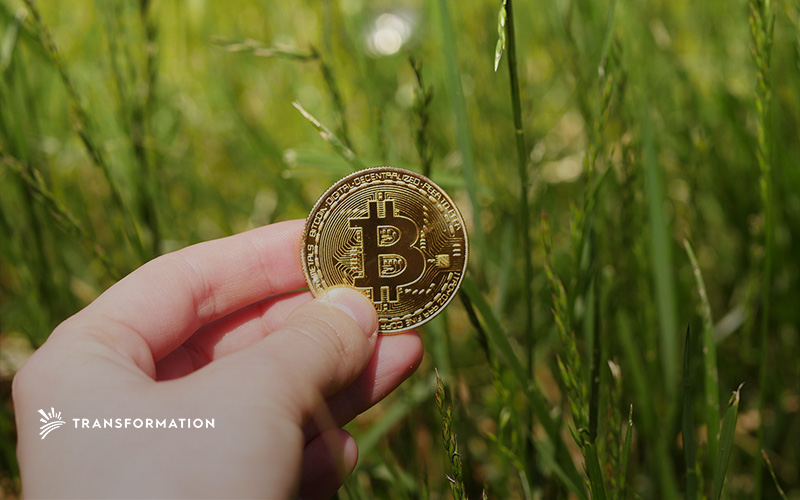Change: The Next Ten Years of Impact Investing
Impact investing is a booming market that is helping drive the sustainable, environmental, and philanthropic movement. It has several main goals, including fighting poverty and reducing inequality. The following is a look at how impact investment growth might change over the next ten years.
Impact investing supports social action in developing countries, allowing investors to directly intervene in an issue that needs attention. It also allows for less risky investments than traditional financial vehicles for companies and organizations looking for global support.
The sharing economy has made a huge impact on the growth of impact investing by making the offer more transparent. This allows for an increased flow of information which is vital in deciding where to invest money. Using technology has also allowed for better results from data, making it easier to identify and solve challenges. The rise of cryptocurrencies and blockchain technology has been a major factor in increasing the popularity of impact investing by giving people more options in how they choose to invest their money.
Ten years ago, impact investing was just a catchy name for a charity, with an extra word tacked on to make it sound more appealing to investors. Today, it’s far more than a marketing tool: it’s an accepted practice of socially responsible investing that has become recognized in its own right. This market is set to expand, and investors have begun to realize the multitude of available opportunities.
Although impact investing has become more mainstream, there are still many investors who have yet to be convinced of its viability and even fewer who actually incorporate it into their portfolios. According to Global Impact Investing Network (GIIN), the market expand to $715 billion in assets under management by 2020. The International Finance Corporation (IFC) estimate was considerably higher: $2.1 trillion.
We wondered how far impact investment will advance from 2020 to 2030, given its rapid rise over the last ten years. Let’s examine how impact investment has grown over the last decade in different fields.
1. Diversity, Equity, and Inclusion (DEI)
Impact investing has helped transform the world into a more inclusive place by addressing inequality and accelerating economic development. DEI is a rapidly expanding field that focuses on helping women, people of color, and minorities worldwide build wealth. Initially, impact investing was limited to helping small companies and entrepreneurs in the private sector. However, DEI has become a growing focus in philanthropy due to its growing popularity among private investors and corporations as well. Women are increasingly involved as investors globally.
Backing diverse entrepreneurs helps people find more inclusive ways of doing business and creates more opportunities for women and minorities. Impact investing can be used to tackle social issues like the gender pay gap and help risk-averse women. It has achieved better returns than the S&P 500 while giving investors the chance to directly address problems they care about.
Impact investing has also pioneered green technology to reach people outside of cities. There are still 13.5 billion people worldwide who don’t have access to a bank account. Most banks and government aid programs are inaccessible to these people, which allows for exploitation. This is known as the urban-rural divide. Impact investing has created a model that can be used to reach all unbanked people in the world who do not have access to a bank account or a smartphone by using digital payments services.
2. Climate
Global warming is a major challenge that must be addressed. It’s expected to affect different countries differently, but the effects are predicted to be devastating. Impact investing is starting to address climate change by creating new financial instruments. Traditionally, investors don’t want to complicate their investments with something with little or no chance of protecting them from losses. Now, impact investors are working to create new financial products that help stabilize businesses against climate risk.
3. Food & Water
Millions of people worldwide are facing challenges when it comes to obtaining quality and reliable food. The first use for impact investing came when impact investors helped fund the development of crop-diversification projects, which improved nutrition and reduced poverty. Impact investing has been used to develop new water conservation technologies that can improve access to clean water for those who live in drought-prone areas.
4. Agriculture
Impact investors are helping to improve and innovate in agricultural production. For example, they invest in climate-smart solutions to improve crop productivity, soil health, and water management. They’ve also helped create sustainable ways to produce food and increase its access. This has led to greater gains in nutrition, food security, and resilience. Sustainable agriculture is becoming a more viable solution to the food crisis because of how impact investing is helping create new and affordable solutions.
Conclusion
Impact investing has been growing in popularity because of the increasing number of investors who are looking for ways to invest with a social and ethical agenda. It has the potential to be used as a tool to address many global problems like climate change, food security, and access to clean water.
Impact investing is one of the largest movements in philanthropy today. The sector is now larger than any other donation pathway, such as in-kind or cash donations. The impact investment sector is still small compared to the mainstream investment market, but it is a rising powerhouse that stands to see continual grow as we approach 2030. Join Transformation Holdings in helping fuel that growth in a sustainable, and profitable, way.



Leave a Reply